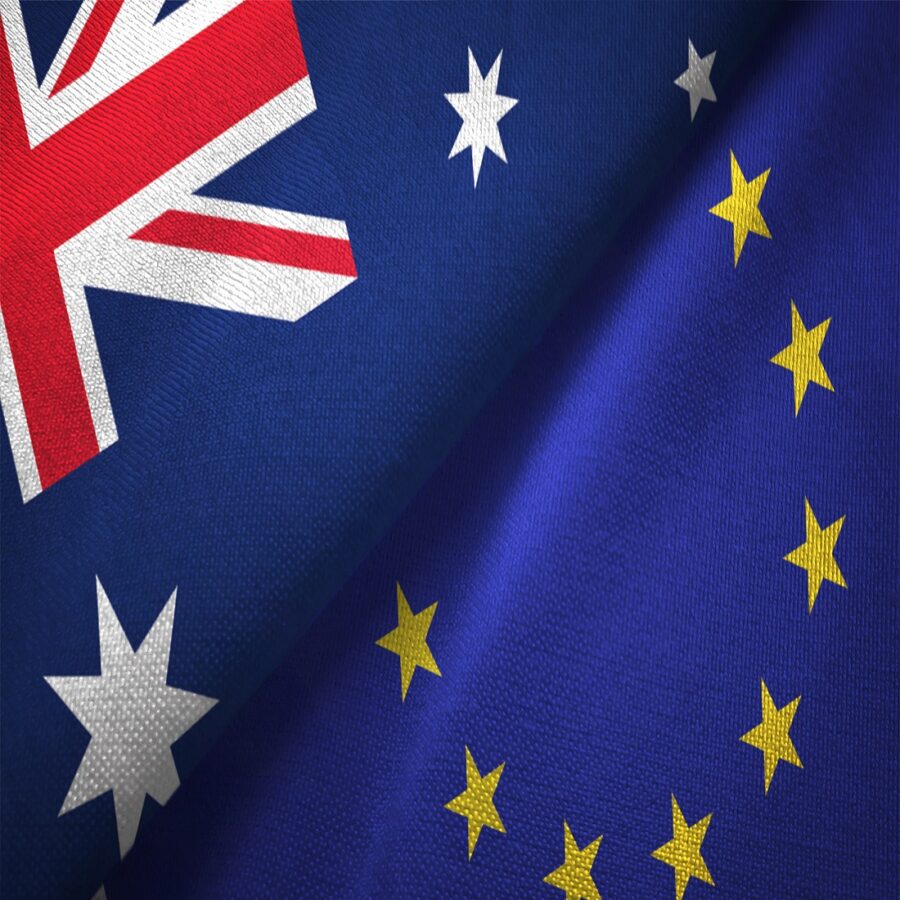- Home
- Publications
- The Multilateral Context For European And Australian Economic Cooperation
The Multilateral Context for European and Australian Economic Cooperation
Growth in international trade and commerce in the post-World War II period has benefited from global institutions that have supported economic cooperation and development and domestic policies that have allowed countries to open themselves to international trade and investment.
Sign in to Access Pub. Date
Pub. Date
 Pub. Type
Pub. Type

Downloads
This content is restricted to corporate members, NiGEM subscribers and NIESR partners.
External Authors

Gretton, Paul
This environment has allowed mutually beneficial trade with foreign firms competing in domestic markets, domestic firms growing through exports and the transfer of technology and ways of working between countries and regions. Broader economic development has also seen dramatic increases in income and living standards. But recently, the Russian invasion of Ukraine, the trade disputes between the United States and China, and the development of regional trade agreements have led some commentators including the IMF (Georgieva et al, 2022) to suggest that we are seeing an increase in global fragmentation as discussed by Naisbitt (2022).
Within this global setting there have been enduring commercial ties between European countries and Australia. Exports from European countries to Australia have been weighted towards manufactured products particularly machinery and equipment, while exports to European countries from Australia have been weighted towards agricultural and mineral products. The future of the European-Australian trade relationship will be shaped by domestic economic developments in each region together with broader developments in the global economy. In this box, I set out the multilateral context for greater European-Australian cooperation, concentrating on global competition for capital, global competition for energy and the changing trade patterns resulting from economic fragmentation.
Related Blog Posts

Inflation Still Likely to Fall to 2 per cent or Below Next Month
Huw Dixon
17 Apr 2024
8 min read



What is the Current State of the UK Economy?
Paula Bejarano Carbo
Stephen Millard
26 Feb 2024
7 min read
Related Projects
Related News




Why it’s not worth worrying that the UK has technically entered a recession
26 Feb 2024
4 min read
Related Publications

Recessionary Pressures Receding in the Rearview Mirror as UK Economy Gains Momentum
12 Apr 2024
GDP Trackers
Related events

Summer 2023 Economic Forum

Spring 2023 Economic Forum

Winter 2023 Economic Forum

Autumn 2022 Economic Forum

Summer 2022 Economic Forum

Spring 2022 Economic Forum

Winter 2022 Economic Forum

Autumn 2021 Economic Forum





